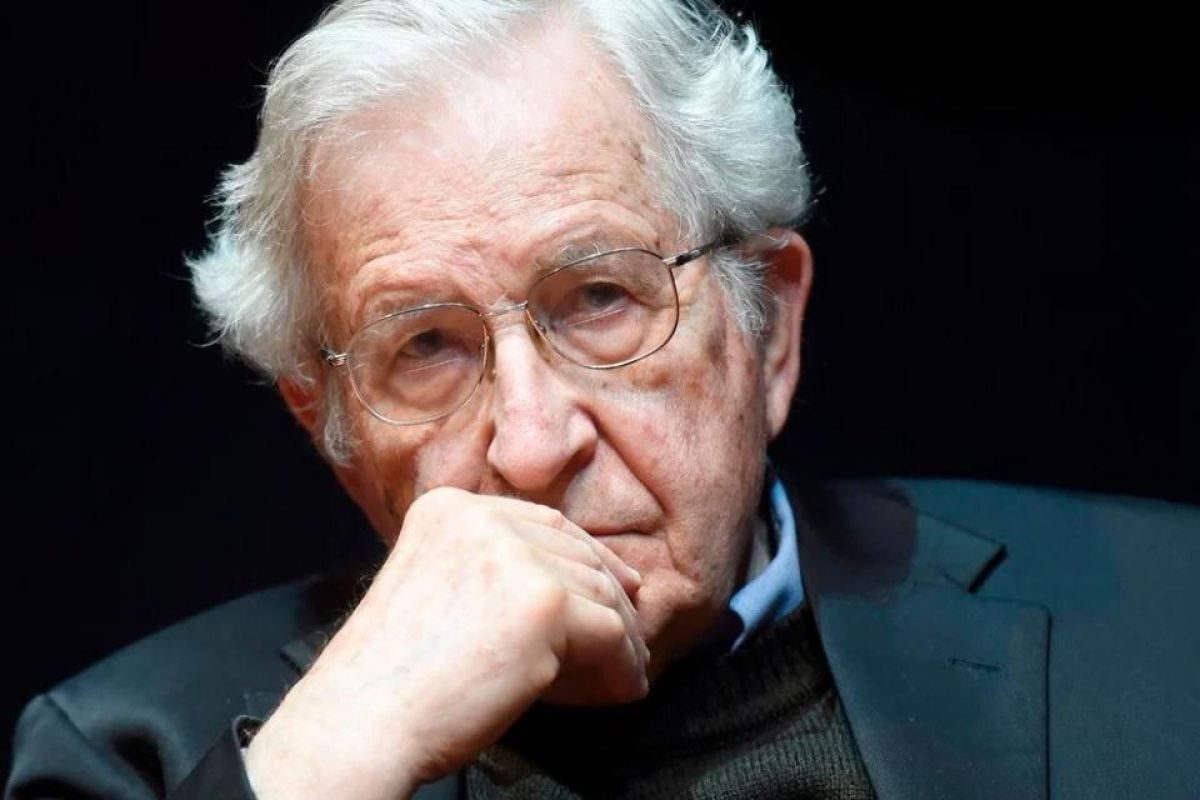Manufacturing Consent: Unmasking the Mechanics of Media Manipulation
Introduction: Are We Being Programmed?
Do you ever get the feeling that the news isn’t just informing you, but shaping what you think, how you feel, and even what you believe is important? That sense of déjà vu when headlines seem suspiciously aligned with certain agendas? Noam Chomsky and Edward S. Herman tackled these questions in their groundbreaking work, "Manufacturing Consent," exposing how media serves as a tool for propaganda in democratic societies.
In this article, we dive into Chomsky’s provocative insights, revealing the systemic forces behind media manipulation, the creation of "worthy" and "unworthy" victims, and the subtle techniques used to manufacture public consent.
The Propaganda Model: How Media Shapes Reality
Chomsky and Herman proposed the Propaganda Model to explain how mass media operates not as an objective informant but as a gatekeeper that aligns with elite interests.
Five Filters of Media Manipulation
Ownership:
Media outlets are businesses, often owned by large corporations with vested interests. This ownership shapes what stories are told—or ignored.Advertising:
Advertisers fund media. To keep this revenue stream intact, controversial or challenging content is often filtered out to avoid offending sponsors.Sourcing:
Journalists rely on government officials, corporations, and "experts" for information. This creates a dependency on powerful sources, limiting dissenting perspectives.Flak:
Negative responses to media content, such as lawsuits, complaints, or public campaigns, deter outlets from publishing controversial material.Anti-ideology:
Media reinforces dominant ideologies by framing dissenting views as dangerous or irrational. In Chomsky’s time, this was anti-communism; today, it might manifest as anti-terrorism or anti-populism narratives.
The Creation of "Worthy" and "Unworthy" Victims
One of the most striking concepts in "Manufacturing Consent" is the distinction between "worthy" and "unworthy" victims.
Worthy Victims:
Stories about victims that align with elite interests are amplified, creating public outrage and justification for action. For example, media coverage of Soviet abuses during the Cold War often portrayed victims sympathetically.Unworthy Victims:
In contrast, those harmed by allies of powerful nations are either ignored or portrayed as less deserving of empathy. Chomsky highlighted the disparity in coverage between atrocities in U.S.-backed nations versus adversaries.
Historical Example: The Spanish-American War
The 1898 explosion of the USS Maine in Havana Harbor was used as a rallying cry for war against Spain. Sensationalist reporting, now known as "yellow journalism," fanned the flames of public support for intervention, even as evidence for Spain’s culpability was tenuous.
Sourcing and Flak: Controlling the Narrative
Sourcing:
Media heavily relies on "official" sources for information, such as government press releases or corporate statements. This reliance creates a system where dissenting voices are marginalized, and narratives from those in power dominate the airwaves.
Flak:
Powerful entities use legal threats, PR campaigns, and public criticism to dissuade media from publishing unfavorable stories. This creates a chilling effect, narrowing the range of acceptable discourse.
Breaking Free: Thinking Critically About the News
Understanding the mechanics of media manipulation is the first step in breaking free from its influence. Here’s how you can reclaim your critical thinking:
Diversify Your Sources:
Don’t rely on a single news outlet. Seek out independent, international, and alternative perspectives.Follow the Money:
Pay attention to who owns the media you consume and the interests they may represent.Analyze Framing:
Ask yourself how stories are framed. Who is the victim? Who is the villain? What perspectives are missing?Question the Agenda:
Why is this story being told now? What might the storytellers gain from your reaction?
Why It Matters: Media and Democracy
Chomsky’s work reveals a sobering truth: in democratic societies, control doesn’t come from brute force but from controlling the narrative. By shaping public opinion, those in power can manufacture consent for policies, wars, and economic systems that might not align with the public’s true interests.
Understanding this dynamic is essential for preserving democracy and fostering informed, independent citizens.
Conclusion: Beyond the Spectacle
Chomsky’s "Manufacturing Consent" is a call to arms for critical thinkers. It challenges us to see through the spectacle, question the narratives we’re fed, and actively seek the truth in a world of manipulation.
What are your thoughts on media manipulation? How do you stay informed without falling into the trap of bias? Share your ideas in the comments, and let’s start a conversation about reclaiming our intellectual freedom.
Don’t forget to share this article with others and subscribe for more deep dives into the forces shaping our world!



